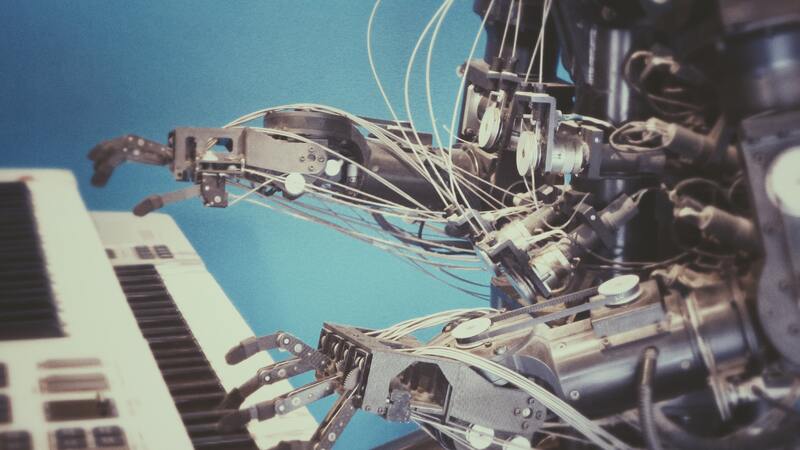Introduction
In today's fast-paced digital era, businesses constantly seek innovative ways to streamline operations, enhance efficiency, and remain competitive. One powerful solution that has gained prominence recently is Business Process Automation (BPA). However, for many, the concept of BPA can seem complex and intimidating. In this blog, we will embark on a journey to demystify Business Process Automation, providing you with a clear understanding of what it is, how it operates, and why it's crucial for businesses today.
Understanding Business Process Automation
At its core, Business Process Automation involves using technology to automate complex business processes and functions beyond the scope of conventional software. These processes can span various departments, such as finance, HR, customer service, and more. BPA aims to streamline operations, enhance efficiency, and minimize errors by replacing manual tasks with automated solutions.
How Does Business Process Automation Work?
BPA leverages various technologies, including artificial intelligence, machine learning, and robotic process automation, to replicate repetitive tasks humans previously performed. These technologies enable the creation of intelligent workflows, where tasks are executed based on predefined rules and triggers. For example, an e-commerce company can automate its order processing system to update inventory, generate invoices, and notify customers about their order status without manual intervention.
Benefits of Business Process Automation
- Increased Efficiency: BPA eliminates the need for manual data entry and repetitive tasks, allowing employees to focus on more strategic and creative aspects of their jobs.
- Cost Savings: By reducing the reliance on human labor for repetitive tasks, businesses can significantly cut operational costs in the long run.
- Improved Accuracy: Automation minimizes the risk of human error, ensuring that tasks are completed with a high degree of accuracy and consistency.
- Enhanced Customer Experience: Automation allows businesses to respond to customer inquiries promptly, process orders faster, and personalize communication, leading to higher customer satisfaction.
- Better Decision-Making: BPA generates valuable data and insights, enabling businesses to make informed decisions based on real-time information and trends.
- Scalability: Automated processes can handle large volumes of tasks, making it easier for businesses to scale their operations without significantly increasing their workforce.
Challenges and Considerations
While Business Process Automation offers numerous benefits, businesses must approach it thoughtfully. Some challenges include selecting the right processes for automation, ensuring data security, and addressing employee concerns about job displacement. Businesses must also invest in training employees to work alongside automated systems effectively.
Conclusion
Business Process Automation is crucial for businesses in the digital age. It's not just a trendy term; it's essential. By using automation, businesses can improve their processes, make customers happier, and stay competitive. As technology keeps advancing, there are endless possibilities with Business Process Automation. Although it might seem complicated, with proper planning, businesses can become much more efficient and innovative, ensuring a successful and sustainable future.





